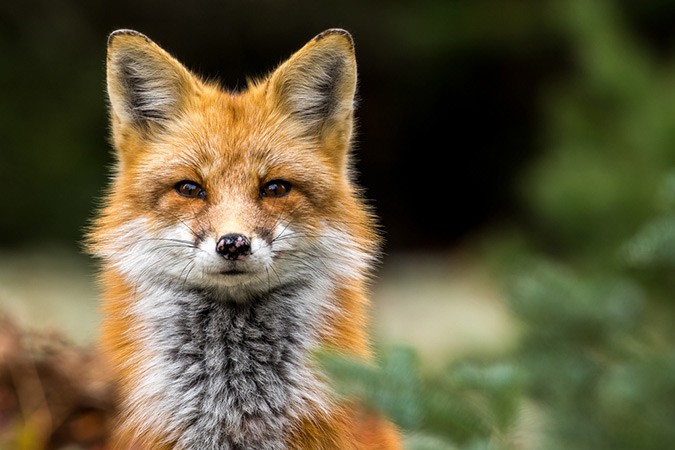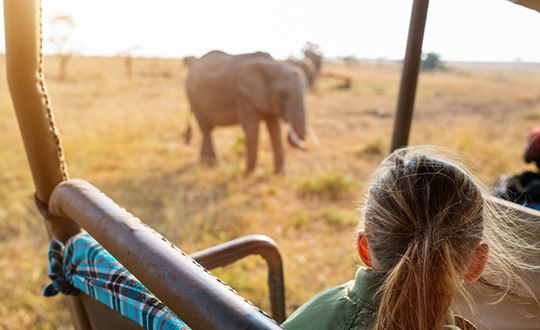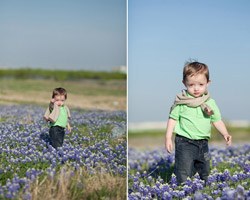Summertime weather offers photographers an annual opportunity to head outdoors and practice nature and landscape photography. Whether you head to the beach, a hiking trail, or even a local park, we guarantee you can find opportunities to practice your wildlife work somewhere in your area.
Don’t let the season slip away without making time to tweak your technique. Here’s a handful of tips to try getting started:
Use the Right GearWhen it comes to wildlife photography, the lens you chose is probably the most crucial decision you will make as far as gear options. Although wide angle lenses seem to be the most popular pick, we hesitate to say they’re the best choice, and most often recommend a telephoto lens for this type of work instead.
Wide angle lenses are a great way to capture the entire scene surrounding the animal. If you want your composition to paint a picture of a subject’s relationship with its surroundings and habitat, wide angle does work well for that. However, a telephoto lens is definitely a better pick if you want the ability to zoom in and capture a wild animal from afar, which you’ll likely need to do to prevent scaring your subject away.
Generally, your choice between the two will depend on what and where you’re going to work. If you’re headed to Central Park to photograph squirrels, you will do just fine working with a wide angle. Animals in urban areas are less frightened by people and you won’t have to worry about safety implication of keeping a careful distance.
But if you’re traveling on a safari for example, and want to photograph lions or giraffes in an African plain, you will need to keep a distance from your subjects, and will therefore capture much better shots from afar using your telephoto.
Keep the Scene InterestingOne way to add an additional element of intrigue to your wildlife photos is by including some significant portion of the background or surroundings. By significant, we don’t necessarily mean large- it doesn’t have to monopolize a substantial percentage of the frame. But if you’re photographing those squirrels in Central Park we mentioned earlier for example, finding a way to include some of the city skyline in the background is a great way to tell a more descriptive story about where you are, and how your subject lives.
Before the sun comes up, you’ll be working with a very cool blue surrounding. After the sun begins to come up, that blue will shift into a lighter golden hue.







